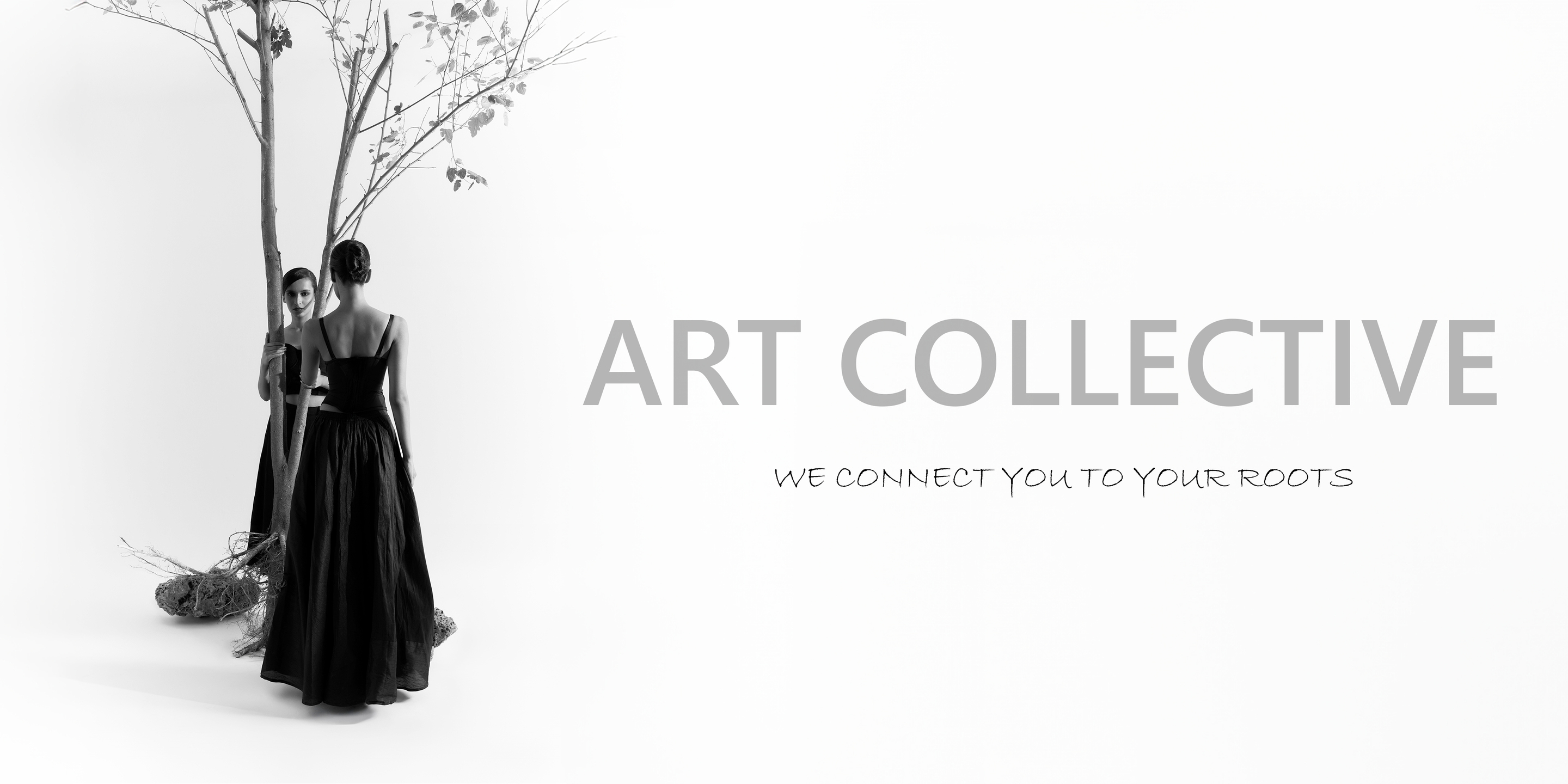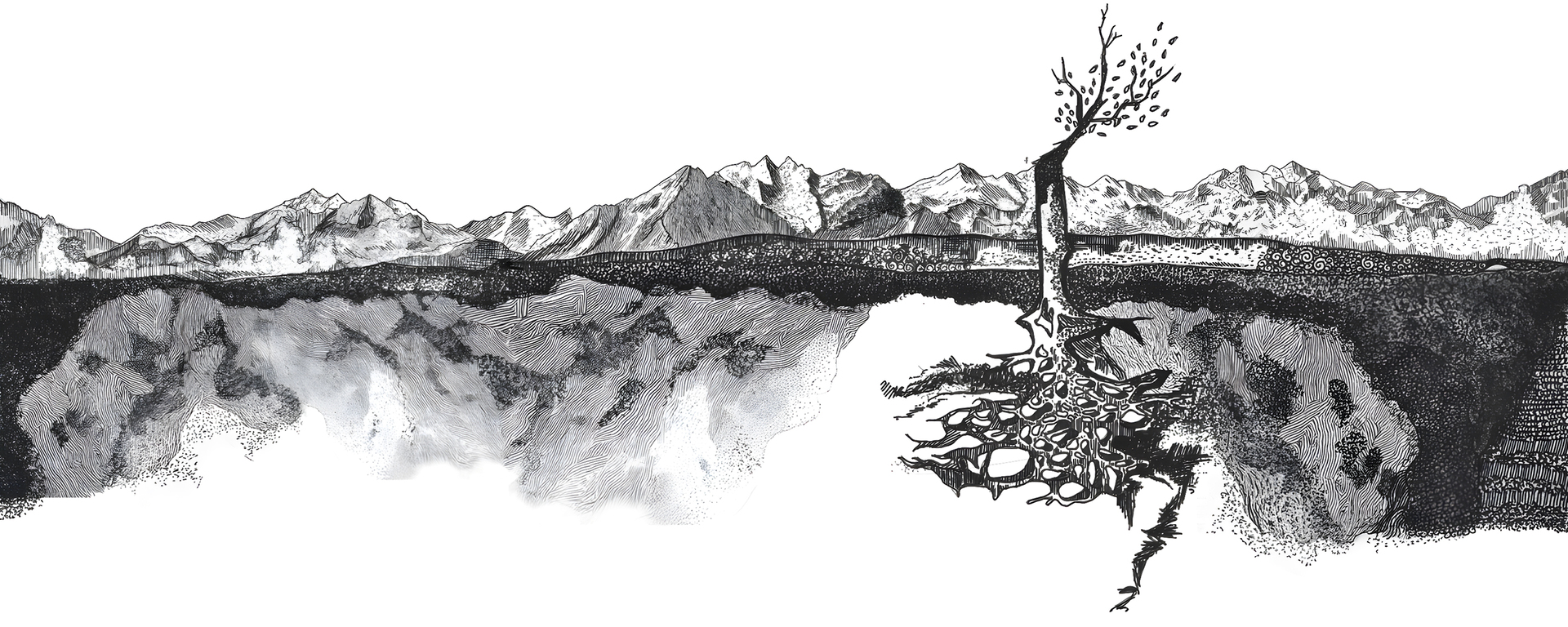THE COLLECTIVE
It exists to be witnessed, to be walked alongside.
To slow down the eye. To restore the hand.
To remind the world that to live with care is itself an art.
An emergence, from the breath between two silences
where craft met consciousness, and memory met matter.
An emergence, at the intersection of art and thought
Existence, because the world forgot.
Forgot the soil beneath its feet,
the rhythm of its breath, the labour behind its luxury.
Forgot that to create is not to produce
Instead, to remember, to listen, to honour.
THE LANGUAGE OF FORM
Takshni explores how shape, texture, and material express meaning. This language of form draws from ancient philosophies and invites presence, perception, and emotional connection with each carefully crafted piece.
NOTES FROM THE KASBAS

Kashmir
Meeting Riyaz ji in Delhi led to a deeper encounter with kalamdani, the traditional papier-mâché craft of Kashmir. Through his gentle storytelling, the craft revealed itself as something much more than surface decoration. Traveling to Kashmir, guided by his invitation, opened up homes and workshops where artisans quietly sustain generations of tradition.
From walnut wood carving to hand-painting to embroidery, every act carried grace and history. The people welcomed without hesitation; tea, meals, and laughter were shared with a generosity that needed no translation. In sunlit rooms, women embroidered and spun yarn, holding time in their hands. These objects, often dismissed as souvenirs, became reminders of warmth, resilience, and place. They were not ornaments; they were offerings. The carved walnut and painted pieces now held in memory were not just gifts; they are Kashmir itself, living in gesture and detail, preserved by those who choose patience over spectacle, and care over visibility.

Chhattisgarh
The journey to Bastar began with curiosity and a name, and became a lifelong relationship with a place and its people. Drawn first to dokra metal casting during design studies, the trip to Chhattisgarh uncovered a practice that was communal, tactile, and powerfully rooted. Bastar was quiet, raw, and deeply alive. The artisans there live simply but with immense creative dignity. In village after village, one introduction led to another; homes became studios, and strangers became collaborators.
National awardees like Bhupendra Baghel and Ramchuran Poyam practiced their art with humility, surrounded by forests and tradition. Over time, that trust led to the building of a foundry in Gurgaon, with artisans who left their homes to co-create something new. This collaboration did not emerge from outreach but from shared respect and presence. Every piece made today carries not just skill, but memory, risk, and a belief that tradition does not have to remain still; it can travel, evolve, and be held together.
EVENTS & EXHIBITIONS
Art extends beyond the frame, weaving itself into gatherings and conversations. Whether through immersive exhibitions or shared evenings, something is always taking shape—together, as a collective
CHOOSE YOUR WAY
Some pieces are ready to find you. Others wait to be shaped by your story. And some begin from scratch, maybe just an idea or a feeling? Choose what feels right for you!
CATALOGUE
Discover the World of Takshni.
At Takshni, each creation is a journey of concept, craft, and emotion. We invite you to explore our curated catalogues tailored to different realms of artistic expression. Whether you're drawn to our signature Artworks & Sculptures , seeking immersive experiences through Installations , or wish to browse our Collections , our catalogues offer a deeper look into the philosophy, materiality, and vision behind every piece. Fill out the form below to receive the catalogue that speaks to your space, sensibilities, and story.
At Takshni, art isn’t created to challenge—it’s created to embrace and accept. It seeks to restore, revive, and preserve, with the intention of reconnecting you
to your roots. Instead of breaking boundaries, it invites quiet introspection. It isn’t fueled by rebellion or the pursuit of novelty, but by a gentle urge to slow down,
nurture gratitude, and foster a deeper connection with the world around us.

